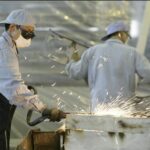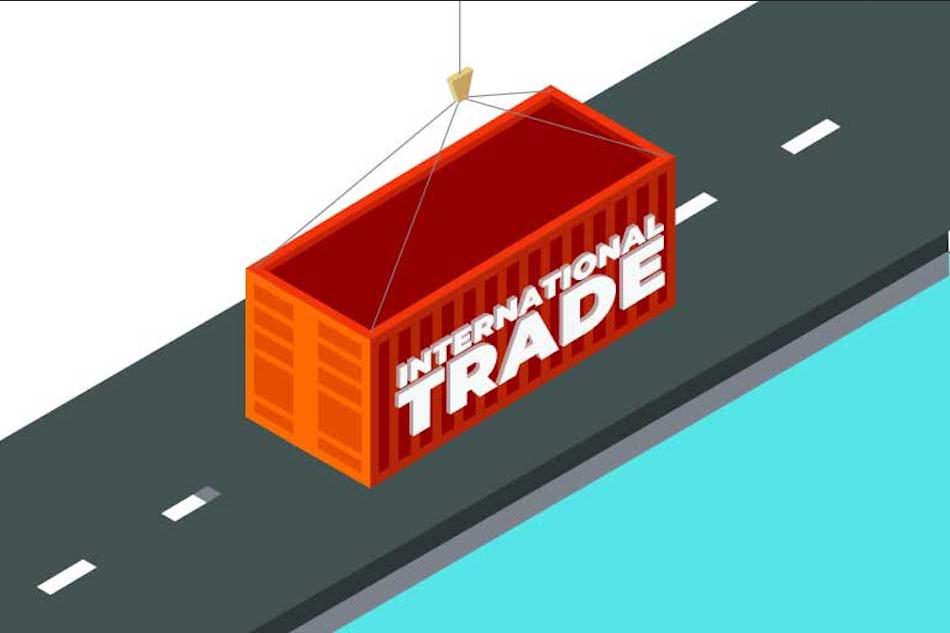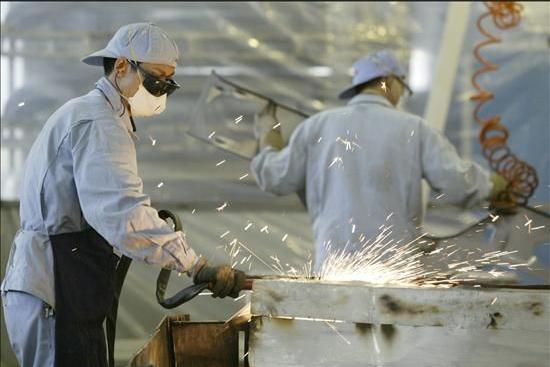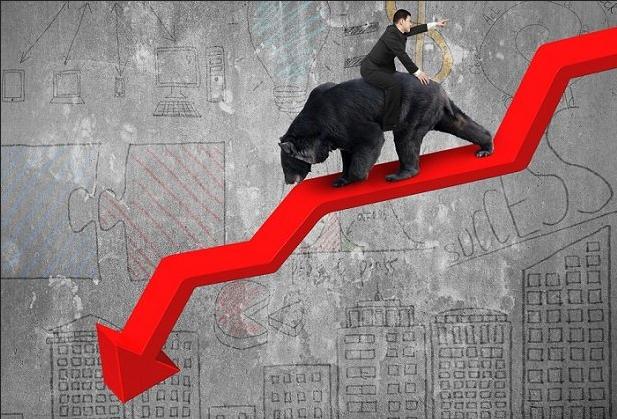Comparative advantage is an economic term that refers to an economy’s ability to produce goods and services at a lower opportunity cost than trading partners. A comparative advantage gives a company the ability to sell goods and services at a lower price than its competitors and earn stronger sales margins.
The law of comparative advantage is popularly attributed to the English political economist David Ricardo and his book “On the Principles of Political Economy and Taxation” in 1817, although it is likely that Ricardo’s mentor, James Mill, originated the analysis of comparative advantage. concept.
Understanding Comparative Advantage
As one of the most important concepts in economic theory, comparative advantage is a fundamental tenet of the argument that all actors, at all times, can mutually benefit from voluntary cooperation and trade. It is also a fundamental principle in international trade theory .
The key to understanding comparative advantage is a solid understanding of opportunity cost. Simply put, an opportunity cost is the potential benefit someone loses by selecting one particular option over another. In the case of comparative advantage, the opportunity cost (that is, the potential profit that has been lost) for one company is less than that of another. The company with the lowest opportunity cost, and therefore the lowest potential lost profit, has this type of advantage.
Another way to think of comparative advantage is as the best option given a trade-off. If you’re comparing two different options, each of which has a trade-off (some benefits and some drawbacks), the one with the better overall package is the one with the comparative advantage.
Diversity of skills
People learn their comparative advantages through wages. This leads people to those jobs in which they are comparatively better. If a skilled mathematician earns more as an engineer than as a teacher, he and all those who do business with him are better off when they practice engineering. Wider gaps in opportunity costs enable higher levels of value production by organizing labor more efficiently. The greater the diversity in people and their skills, the greater the opportunity for beneficial trade through comparative advantage.
As an example (adapted from Farnam Street), consider a famous athlete like Michael Jordan. As a renowned basketball and baseball star, Michael Jordan is an exceptional athlete whose physical abilities surpass those of most other people. Michael Jordan could probably, for example, paint his house quickly, due to his skills as well as his impressive height. Hypothetically, let’s say that Michael Jordan could paint his house in 8 hours. However, in those same 8 hours, he could also participate in the filming of a television commercial that would earn him $50,000. By contrast, Jordan’s neighbor, Joe, could paint the house in 10 hours. In that same period of time, he could work at a fast food restaurant and earn $100.
In this example, Joe has a comparative advantage, although Michael Jordan could paint the house faster and better. The best thing would be for Michael Jordan to film a television commercial and pay Joe to paint his house. As long as Michael Jordan earns the expected $50,000 and Joe earns more than 100, the trade constitutes a winning effect. Due to their diversity of skills, Michael Jordan and Joe will likely find this to be the best arrangement for their mutual benefit.
Ideas clave
Comparative advantage suggests that countries will engage in trade with each other, exporting goods that have a relative advantage in productivity.
The theory was first introduced by David Ricardo in 1817.
Absolute advantage refers to the indisputable superiority of a country in producing a particular good better. Comparative advantage introduces opportunity cost as an analysis factor to choose between different production options.
Comparative Advantage Versus Absolute Advantage
Comparative advantage contrasts with absolute advantage in some respects. Absolute advantage refers to the ability to produce more or better goods and services than another person. Comparative advantage refers to the ability to produce goods and services at a lower opportunity cost, not necessarily at greater volume or quality.
To see the difference, consider a lawyer and his secretary. The lawyer is better at producing legal services than the secretary and is also a faster typist and organizer. In this case, the lawyer has an absolute advantage both in the production of legal services and in secretarial work.
However, they benefit from trade thanks to their comparative advantages and disadvantages. Suppose the lawyer produces $175 per hour in legal services and $25 per hour in secretarial tasks. The secretary can produce $0 in legal services and $20 in secretarial tasks in one hour. Here, the role of opportunity cost is crucial.
To produce $25 in income from secretarial work, the lawyer must lose $175 in income by not practicing law. Your opportunity cost in secretarial work is high. He is better off producing legal services for an hour and hiring the secretary to write and organize. The secretary is much better at writing and organizing for the lawyer; Her opportunity cost of doing so is low. This is where its comparative advantage lies.
Some economic historians suggest that it was actually David Ricardo’s editor, James Mill, who introduced the theory of comparative advantage (which is only a brief section) in Principles . They argue that the theory seems inconsistent with most of the book and its labor theory of value.
Comparative advantage versus competitive advantage
A competitive advantage refers to the ability of a company, economy, country or individual to provide stronger value to consumers compared to its competitors. It is similar but different from comparative advantage.
To assume a competitive advantage over others in the same field or area, it is necessary to achieve at least one of these three things: the company must be the low-cost provider of its goods or services, it must offer superior goods or services to its competitors, and/or should focus on a particular segment of the consumer group.
Comparative advantage in international trade
David Ricardo showed how England and Portugal benefit from specializing and trading according to their comparative advantages. In this case, Portugal was able to make wine at a low cost, while England was able to make cloth at a low cost. Ricardo predicted that each country would eventually recognize these facts and stop trying to make the product that was most expensive for them to produce.
In fact, as time went by, England stopped producing wine and Portugal stopped making cloth. Both countries saw it advantageous to stop their efforts to produce these items at home and instead decided to trade with each other to acquire them.
A contemporary example: China’s comparative advantage with the United States is cheap labor. Chinese workers produce simple consumer goods at a much lower opportunity cost. The United States’ comparative advantage is in skilled, capital-intensive labor. American workers produce sophisticated goods or investment opportunities at lower opportunity costs. Specialization and trade in this sense benefit everyone.
The theory of comparative advantage helps explain why protectionism is generally unsuccessful. Supporters of this analytical approach believe that countries engaged in international trade will have already worked to find partners with comparative advantages.
If a country withdraws from an international trade agreement, if a government imposes tariffs, etc., it can produce a local benefit in the form of new jobs in a particular industry. However, this is not a long-term solution to a business problem. Eventually, that country will be at a disadvantage relative to its neighbors: countries that were already better able to produce these items at a lower opportunity cost.
Criticisms of the theory of comparative advantage
Why doesn’t the world have open trade between countries? When there is free trade, why do some countries remain poor at the expense of others? Perhaps comparative advantage does not work as theorists suggest. There are many reasons why this could be the case, but the most influential is something economists call rent seeking. Rent seeking occurs when a group organizes and pressures the government to protect its interests.
Say, for example, American shoe producers understand and agree with the free trade argument, but they also know that their narrow interests would be negatively affected by cheaper foreign shoes, such as those produced by China or Bangladesh. Even if workers were more productive by switching from making shoes to making computers, no one in the shoe industry wants to lose their job or see short-term profits decline and start from scratch in a new industry with the costs associated with transitioning from learning and adaptation.
This desire leads shoemakers to lobby for, for example, excise duty exemptions for their products and/or additional tariffs (or even outright bans) on foreign footwear. Calls abound to save American jobs and preserve a traditional American trade, even though, in the long run, American workers would be made relatively less productive and American consumers relatively poorer by such protectionist tactics, paying for more expensive shoes than that they could acquire if they opened the business.











